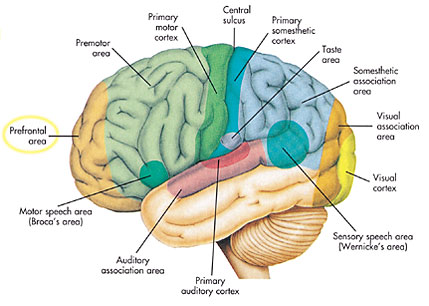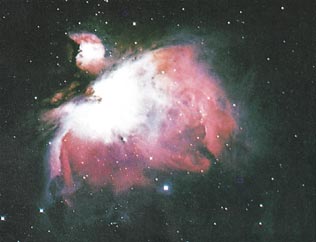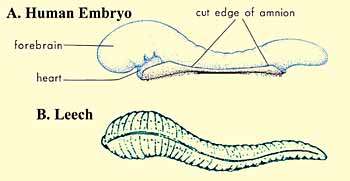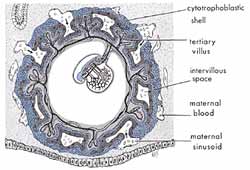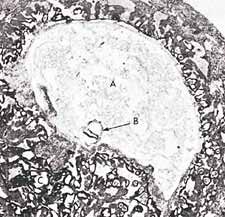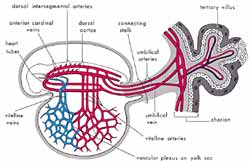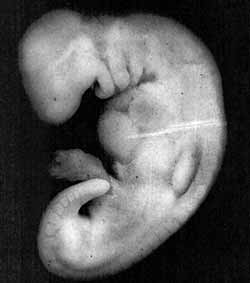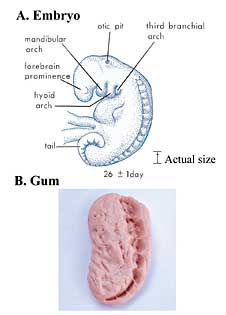Question:
Why does Islam degrade women by keeping them behind the veil?
Answer:
The status of women in Islam is often the target of attacks in the secular media. The ‘hijaab’ or the Islamic dress is cited by many as an example of the ‘subjugation’ of women under Islamic law. Before we analyze the reasoning behind the religiously mandated ‘hijaab’, let us first study the status of women in societies before the advent of Islam.
1. In the past women were degraded and used as objects of lust
The following examples from history amply illustrate the fact that the status of women in earlier civilizations was very low to the extent that they were denied basic human dignity:
1. Babylonian Civilization:
The women were degraded and were denied all rights under the Babylonian law. If a man murdered a woman, instead of him being punished, his wife was put to death.
2. Greek Civilization:
Greek Civilization is considered the most glorious of all ancient civilizations. Under this very ‘glorious’ system, women were deprived of all rights and were looked down upon. In Greek mythology, an ‘imaginary woman’ called ‘Pandora’ is the root cause of misfortune of human beings. The Greeks considered women to be subhuman and inferior to men. Though chastity of women was precious, and women were held in high esteem, the Greeks were later overwhelmed by ego and sexual perversions. Prostitution became a regular practice amongst all classes of Greek society.
3. Roman Civilization:
When Roman Civilization was at the zenith of its ‘glory’, a man even had the right to take the life of his wife. Prostitution and nudity were common amongst the Romans.
4. Egyptian Civilization:
The Egyptian considered women evil and as a sign of a devil.
5. Pre-Islamic Arabia:
Before Islam spread in Arabia, the Arabs looked down upon women and very often when a female child was born, she was buried alive.
2. Islam uplifted women and gave them equality and expects them to maintain their status
Islam uplifted the status of women and granted them their just rights 1400 years ago. Islam expects women to maintain their status.
Hijaab for men
People usually only discuss ‘hijaab’ in the context of women. However, in the Glorious Qur’an, Allah (swt) first mentions ‘hijaab’ for men before ‘hijaab’ for the women. The Qur’an mentions in Surah An Noor:
“Say to the believing men that they should lower their gaze and guard their modesty: that will make for greater purity for them: and Allah is well acquainted with all that they do.”
[Al Qur’an 24:30]
The moment a man looks at a woman and if any brazen or unashamed thought comes to his mind, he should lower his gaze.
Hijaab for women.
The next verse of Surah An Noor, says:
“ And say to the believing women that they should lower their gaze and guard their modesty; that they should not display their beauty and ornaments except what (must ordinarily) appear thereof; that they should draw veils over their bosoms and not display their beauty except to their husbands, their fathers, their husbands’ fathers, their sons...”
[Al Qur’an 24:31]
3. Six criteria for Hijaab.
According to Qur’an and Sunnah there are basically six criteria for observing hijaab:
1. Extent:
The first criterion is the extent of the body that should be covered. This is different for men and women. The extent of covering obligatory on the male is to cover the body at least from the navel to the knees. For women, the extent of covering obligatory is to cover the complete body except the face and the hands upto the wrists. If they wish to, they can cover even these parts of the body. Some scholars of Islam insist that the face and the hands are part of the obligatory extent of ‘hijaab’
All the remaining five criteria are the same for men and women.
2. The clothes worn should be loose and should not reveal the figure.
3. The clothes worn should not be transparent or translucent such that one can see through them.
4. The clothes worn should not be so glamorous as to attract the opposite sex.
5. The clothes worn should not resemble that of the opposite sex.
6. The clothes worn should not resemble that of the unbelievers i.e. they should not wear clothes that are specifically identities or symbols of the unbelievers’ religions.
4. Hijaab includes conduct and behaviour among other things
Complete ‘hijaab’, besides the six criteria of clothing, also includes the moral conduct, behaviour, attitude and intention of the individual. A person only fulfilling the criteria of ‘hijaab’ of the clothes is observing ‘hijaab’ in a limited sense. ‘Hijaab’ of the clothes should be accompanied by ‘hijaab’ of the eyes, ‘hijaab’ of the heart, ‘hijaab’ of thought and ‘hijaab’ of intention. It also includes the way a person walks, the way a person talks, the way he behaves, etc.
5. Hijaab prevents molestation
The reason why hijaab is prescribed for women is mentioned in the Qur’an in the following verse of Surah Al Ahzaab:
“O Prophet! Tell thy wives and daughters, and the believing women that they should cast their outer garments over their persons (when abroad); that is most convenient, that they should be known (as such) and not molested. And Allah is Oft-Forgiving, Most Merciful.”
[Al Qur’an 33:59]
The Qur’an says that Hijaab has been prescribed for the women so that they are recognized as modest women and this will also prevent them from being molested.
6. Example of twin sisters
Suppose two sisters who are twins, and who are equally beautiful, walk down the street. One of them is attired in the Islamic hijaab i.e. the complete body is covered, except for the face and the hands upto the wrists. The other sister is wearing western clothes, a miniskirt or shorts. Just around the corner there is a hooligan or ruffian who is waiting for a catch, to tease a girl. Whom will he tease? The girl wearing the Islamic Hijaab or the girl wearing the skirt or the mini? Naturally he will tease the girl wearing the skirt or the mini. Such dresses are an indirect invitation to the opposite sex for teasing and molestation. The Qur’an rightly says that hijaab prevents women from being molested.
7. Capital punishment for the rapists
Under the Islamic Shari’ah, a man convicted of having raped a woman, is given capital punishment. Many are astonished at this ‘harsh’ sentence. Some even say that Islam is a ruthless and barbaric religion! I have asked a simple question to hundreds of non-Muslim men. Suppose, God forbid, someone rapes your wife, your mother or your sister. You are made the judge and the rapist is brought in front of you. What punishment would you give him? All of them said they would put him to death. Some went to the extent of saying they would torture him to death. To them I ask, if someone rapes your wife or your mother you want to put him to death. But if the same crime is committed on somebody else’s wife or daughter you say capital punishment is barbaric. Why should there be double standards?
8. Western society falsely claims to have uplifted women
Western talk of women’s liberalization is nothing but a disguised form of exploitation of her body, degradation of her soul and deprivation of her honour. Western society claims to have ‘uplifted’ women. On the contrary it has actually degraded them to the status of concubines, mistresses and society butterflies who are mere tools in the hands of pleasure seekers and sex marketeers, hidden behind the colourful screen of ‘art’ and ‘culture’.
9. USA has one of the highest rates of rape
United States of America is supposed to be one of the most advanced countries of the world. It also has one of the highest rates of rape in any country in the world. According to an FBI report, in the year 1990, everyday on an average 1756 rapes were committed in USA alone. Later another report said that on an average everyday 1900 rapes are committed in USA. The year was not mentioned. May be it was 1992 or 1993. May be the Americans got ‘bolder’ in the following years.
Consider a scenario where the Islamic hijaab is followed in America. Whenever a man looks at a woman and any brazen or unashamed thought comes to his mind, he lowers his gaze. Every woman wears the Islamic hijaab, that is the complete body is covered except the face and the hands upto the wrists. After this if any man commits rape he is given capital punishment. I ask you, in such a scenario, will the rate of rape in America increase, will it remain the same, or will it decrease?
10. Implementation of Islamic Shari’ah will reduce the rate of rapes
Naturally as soon as Islamic Shari’ah is implemented positive results will be inevitable. If Islamic Shari’ah is implemented in any part of the world, whether it is America or Europe, society will breathe easier. Hijaab does not degrade a woman but uplifts a woman and protects her modesty and chastity.
Resource from Dr. Zakir Naik

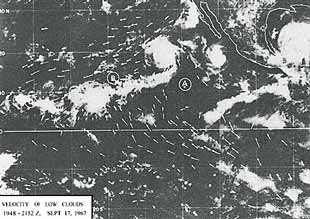

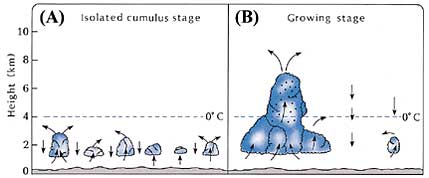


 Have you not seen how God makes the clouds move gently, then joins them together, then makes them into a stack, and then you see the rain come out of it....
Have you not seen how God makes the clouds move gently, then joins them together, then makes them into a stack, and then you see the rain come out of it....  (Quran, 24:43)
(Quran, 24:43)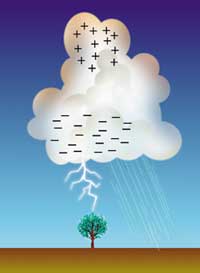 As liquid droplets collide with a hailstone, they freeze on contact and release latent heat. This keeps the surface of the hailstone warmer than that of the surrounding ice crystals. When the hailstone comes in contact with an ice crystal, an important phenomenon occurs: electrons flow from the colder object toward the warmer object. Hence, the hailstone becomes negatively charged. The same effect occurs when supercooled droplets come in contact with a hailstone and tiny splinters of positively charged ice break off. These lighter positively charged particles are then carried to the upper part of the cloud by updrafts. The hail, left with a negative charge, falls towards the bottom of the cloud, thus the lower part of the cloud becomes negatively charged. These negative charges are then discharged as lightning.
As liquid droplets collide with a hailstone, they freeze on contact and release latent heat. This keeps the surface of the hailstone warmer than that of the surrounding ice crystals. When the hailstone comes in contact with an ice crystal, an important phenomenon occurs: electrons flow from the colder object toward the warmer object. Hence, the hailstone becomes negatively charged. The same effect occurs when supercooled droplets come in contact with a hailstone and tiny splinters of positively charged ice break off. These lighter positively charged particles are then carried to the upper part of the cloud by updrafts. The hail, left with a negative charge, falls towards the bottom of the cloud, thus the lower part of the cloud becomes negatively charged. These negative charges are then discharged as lightning.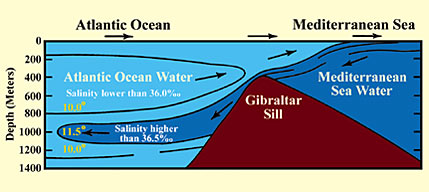
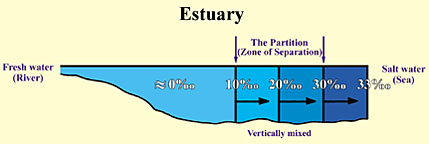
 from praying at the Kaaba:
from praying at the Kaaba: